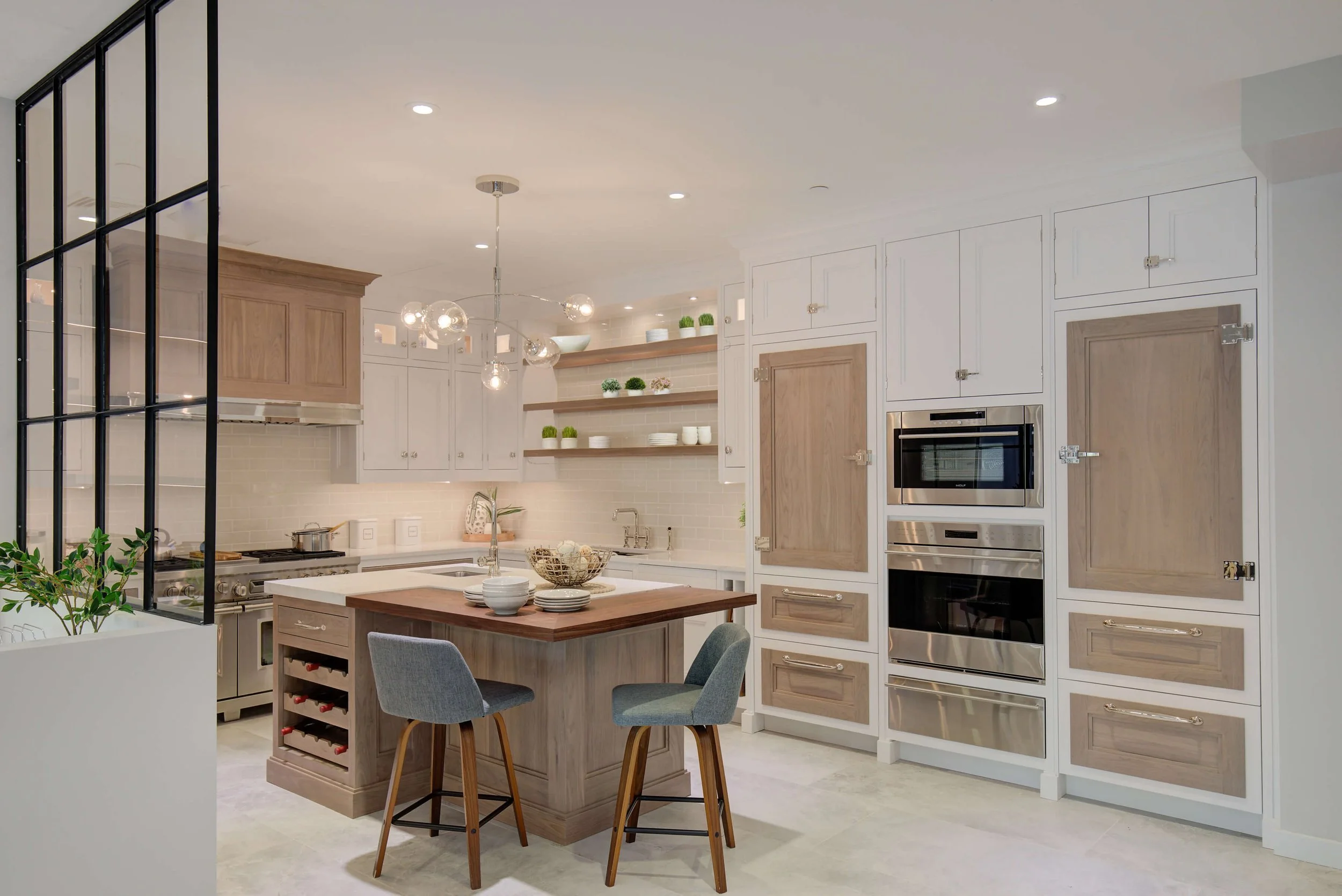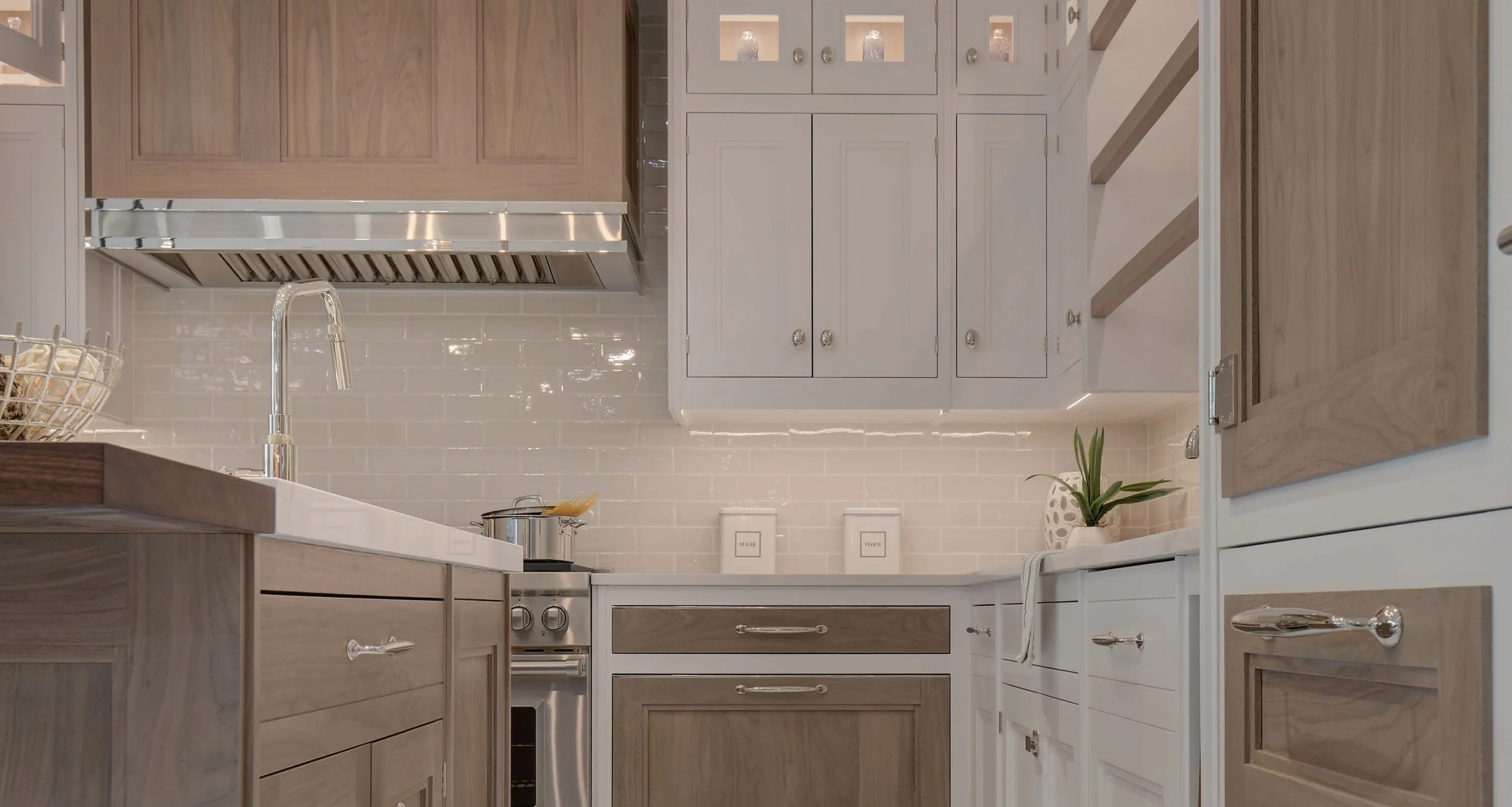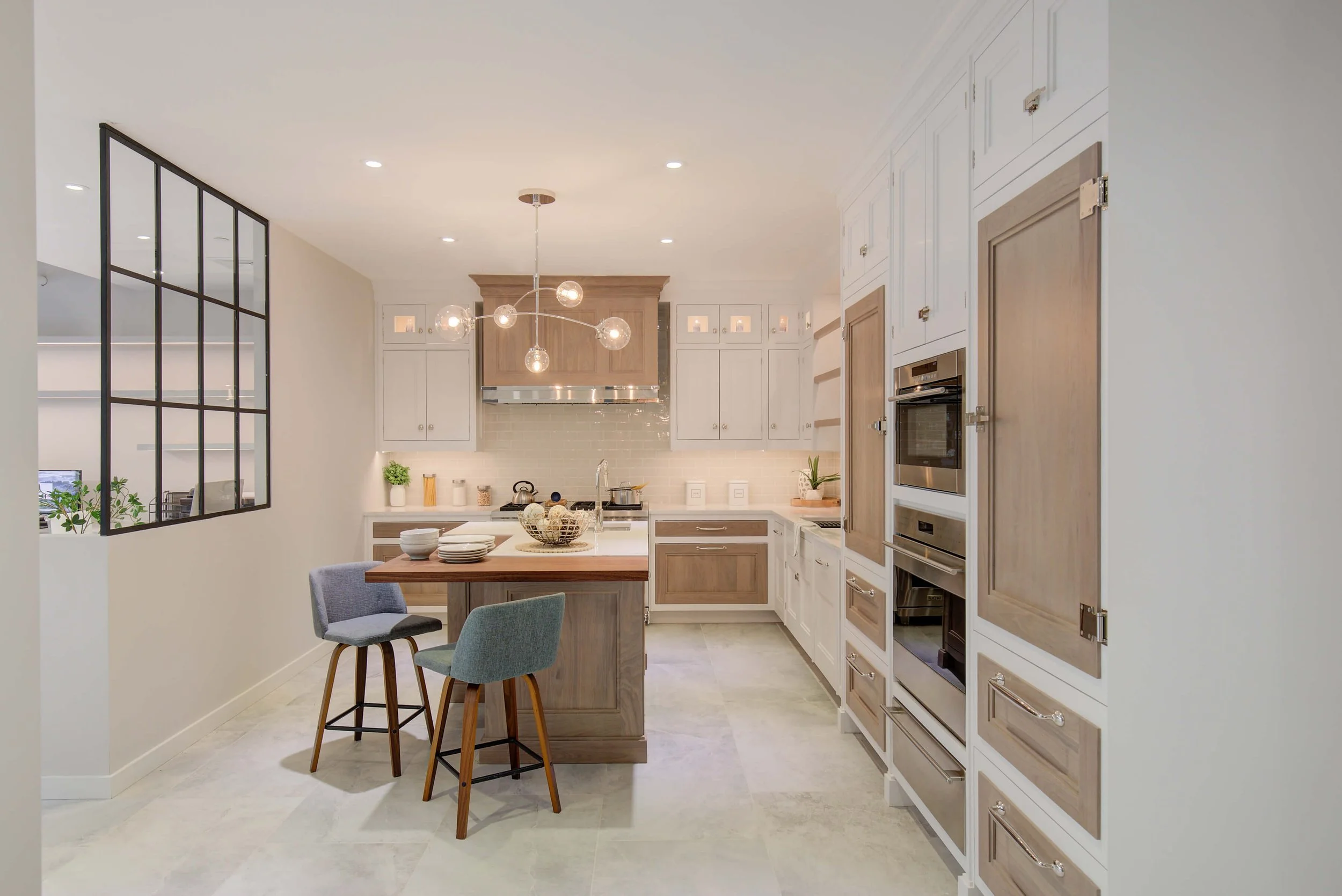Balancing Symmetry in the Kitchen: Insights from Bob Bakes
While symmetry and balance are often considered essential in kitchen design, Bob Bakes, co-founder of Bakes and Kropp Fine Cabinetry, believes that symmetry should serve as a guiding principle rather than an absolute. According to Bob, the key is to use it as a starting point, but not to let it dictate every aspect of the layout. By striking a harmonious balance between symmetrical elements and thoughtful asymmetrical touches, you can create a kitchen that is both visually appealing and functionally optimized.
Absolute Symmetry vs. Complementary Elements
He explains that while certain elements of a kitchen can be symmetrical, such as a presentation piece with ice box hardware panels and a cooking center, there should be elements that play against that symmetry. He suggests using a symmetrical piece as an anchor at the end of the kitchen and offsetting other elements to create a sense of balance without being overly formal.
Symmetrical Work Centers
When designing work centers like preparation and washing areas, Bob recommends creating a feeling of symmetry within each center. However, these symmetrical centers don't need to be in perfect alignment with each other. Instead, they should complement one another while maintaining their individual functionality.
Yin and Yang Principle in Island Design
When it comes to kitchen islands, Bob draws inspiration from the yin and yang principle, which creates a sense of balance without being overly balanced. By incorporating interconnecting countertops that flow in opposite directions, the island becomes visually pleasing to the eye, even if it lacks perfect symmetry.
Symmetry should be a guide rather than an overlord in kitchen design. By creating a sense of balance through complementary elements, functional work centers, and visually appealing islands, designers can create kitchens that are both practical and aesthetically pleasing. Remember, the key is to strike a balance between symmetry and asymmetry while prioritizing the kitchen's functionality.




